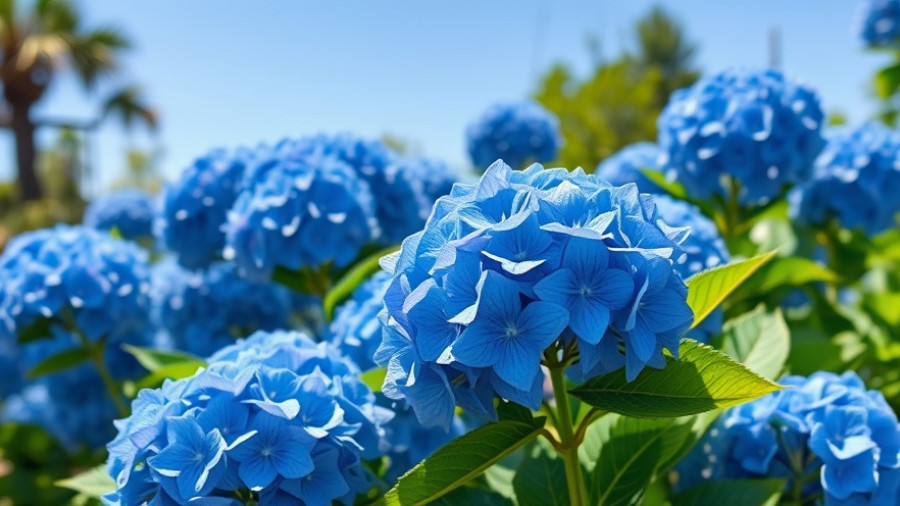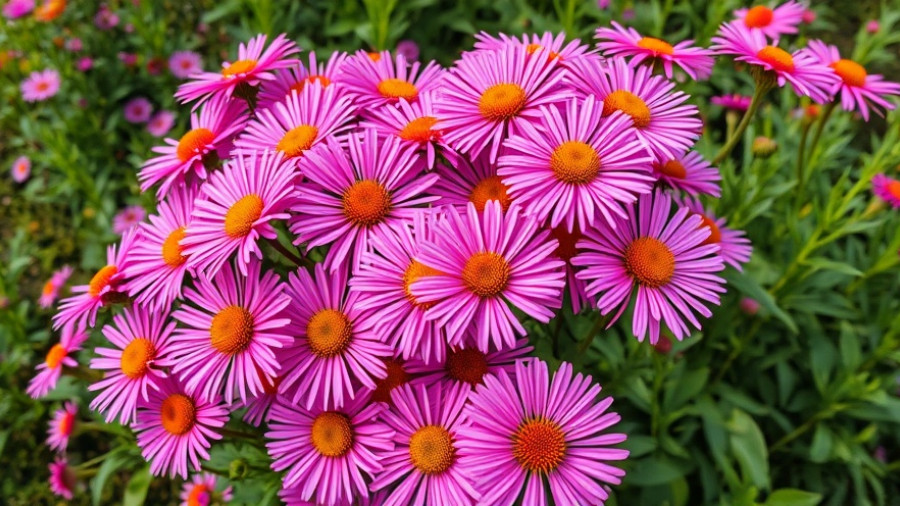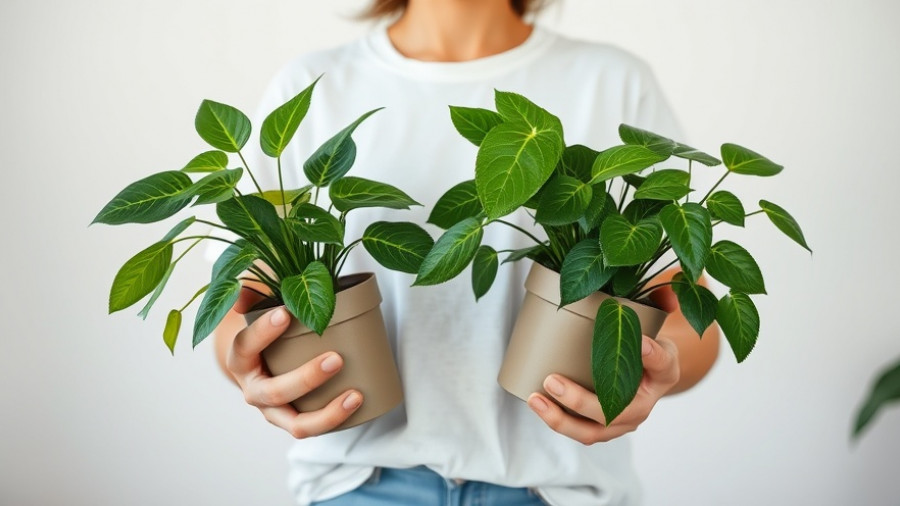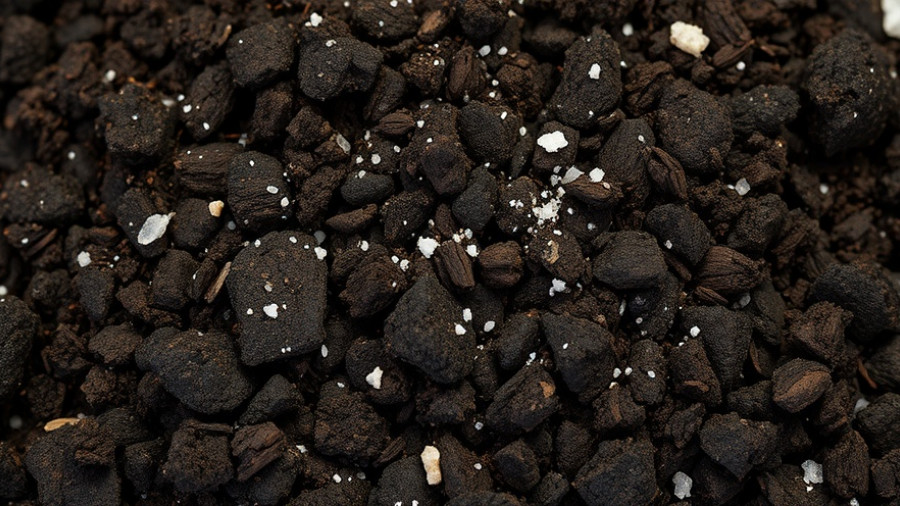
Unlock the Secret to Stunning Blue Hydrangeas
There's something magical about blue hydrangeas that brings a sense of tranquility and beauty to any garden. With their luscious blooms ranging from vibrant sapphire to soft sky blue, these flowers capture the hearts of outdoor enthusiasts. However, achieving that perfect blue hue requires some knowledge of soil chemistry and the right care techniques.
The Science Behind the Color Change
To keep your hydrangeas blue, it’s essential to understand the role of soil pH. Hydrangeas, especially bigleaf and mountain types, change their flower color based on the acidity of the soil. A pH of 5.5 or lower triggers the plants to produce that unmistakable blue. Conversely, a neutral to alkaline pH of 7 or higher leads to pink shades. It's the availability of aluminum in the soil that interacts with the flower pigments, turning them blue. So, if your hydrangeas are shifting colors, it’s a clear indication that adjustments need to be made.
Practical Tips for Achieving the Perfect Hue
Many gardening myths mislead us, suggesting that old pennies or coffee grounds can significantly alter soil chemistry. Instead of relying on these outdated hacks, focus on scientifically backed methods:
1. Amend with Garden Sulfur
One effective strategy is adding garden sulfur, which gradually acidifies the soil. Recommended amounts are around half a cup for every ten square feet. Since it takes time to work, plan to apply this before the blossoming season to ensure your hydrangeas are primed for vibrant blooms.
2. Use Aluminum Sulfate for Quick Results
If you’re looking for a more immediate change, aluminum sulfate is your best bet. Mix one tablespoon with a gallon of water and soak the soil around your hydrangeas. Regular soil testing is advisable to monitor the pH and ensure you’re on the right track.
3. Invest in the Right Fertilizer
Some fertilizers are formulated specifically to help your hydrangeas retain their blue color. Look for products that mention acidity and follow the instructions closely.
4. Blend in Compost
Composted materials not only nourish your plants but can help maintain an acidic environment. Adding organic matter is a natural way to support soil health while keeping your hydrangeas beautiful.
5. Know Your Hydrangea Varieties
Not all hydrangeas can change color; only certain species, particularly bigleaf and mountain hydrangeas, can provide the blue blooms you're seeking. Look for popular varieties like 'Nikko Blue' or 'Endless Summer,' which are bred for their ability to showcase stunning blue flowers.
Future Insights on Hydrangea Care
As more gardeners seek their peaceful escape in nature, the demand for gardening education is growing. The subtle nuances of soil management and plant care will likely continue to evolve, promising exciting advancements in gardening techniques. More sustainable practices will emerge, making gardening not only more efficient but also more environmentally friendly.
Engage with Your Garden
With the right methods in place, watching your hydrangeas bloom in magnificent shades of blue can be an incredibly rewarding experience. The effort put into understanding and caring for these plants can foster a deeper connection to your garden.
Your Next Gardening Steps
Now that you have the tools and knowledge needed to grow beautiful blue hydrangeas, consider how you can implement these insights in your own backyard. You might explore backyard makeover ideas, thinking of incorporating effective landscape lighting ideas to enhance the nighttime beauty of your garden, or looking into container gardening for those less-than-ideal spaces.
 Add Row
Add Row  Add
Add 




Write A Comment